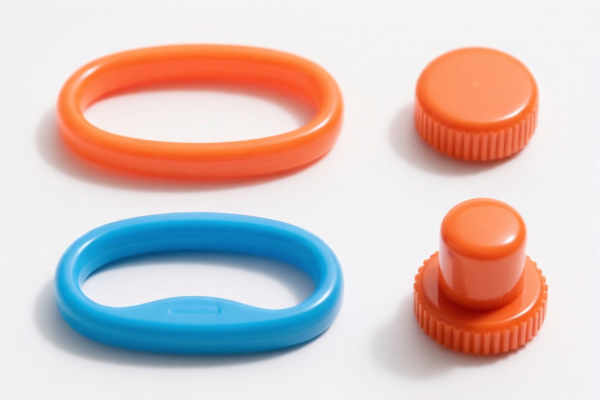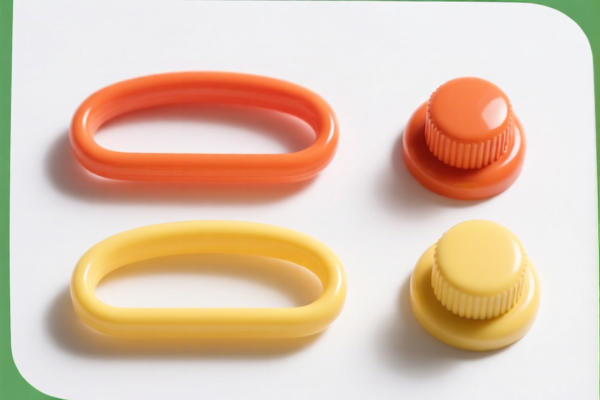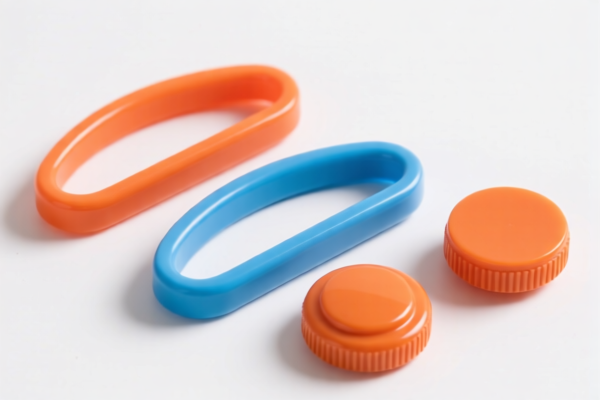| HS Code | Official Doc | Tariff Rate | Origin | Destination | Effective Date |
|---|---|---|---|---|---|
| 8435100000 | Doc | 37.5% | CN | US | 2025-05-12 |
| 8435900000 | Doc | 37.5% | CN | US | 2025-05-12 |




Fruit
Definition
Fruit is the seed-bearing structure in flowering plants, formed from the ovary after flowering. Botanically, a fruit is the mature ovary of a flowering plant, containing seeds. In common usage, the term "fruit" often extends to include seedless parts of plants, such as apples and bananas, and can also refer to nuts and vegetables.
Material Composition
Fruits are primarily composed of:
- Water: Typically 80-95% of the fruit's mass.
- Carbohydrates: Primarily sugars (fructose, glucose, sucrose) providing energy.
- Fiber: Both soluble and insoluble, aiding digestion.
- Vitamins: Ascorbic acid (Vitamin C), Vitamin A, and others, depending on the fruit type.
- Minerals: Potassium, calcium, magnesium, and others.
- Organic Acids: Citric acid, malic acid, contributing to flavor.
- Phytochemicals: Antioxidants and other compounds with health benefits.
Purpose & Function
- Seed Protection: The primary biological function is to protect the developing seeds.
- Seed Dispersal: Fruits aid in the dispersal of seeds through various mechanisms (animal consumption, wind, water).
- Nutritional Value: Provide essential nutrients for animals, including humans, contributing to their diet.
Usage Scenarios
- Direct Consumption: Eaten raw as a snack or part of a meal.
- Cooking & Baking: Used in pies, cakes, jams, jellies, sauces, and other culinary applications.
- Beverage Production: Juices, smoothies, wines, and other drinks.
- Preservation: Canned, frozen, dried, or made into preserves for longer storage.
- Cosmetics & Skincare: Extracts used in lotions, masks, and other beauty products.
Common Types
Fruits are broadly categorized based on their botanical structure and characteristics:
- Simple Fruits: Develop from a single ovary of a single flower.
- Berries: (e.g., blueberries, raspberries, strawberries) - multiple seeds embedded in fleshy pulp.
- Drupes: (e.g., peaches, plums, cherries) - single seed enclosed in a hard pit.
- Pomes: (e.g., apples, pears) - core containing seeds surrounded by fleshy tissue.
- Citrus Fruits: (e.g., oranges, lemons, grapefruits) - segmented flesh with a rind.
- Aggregate Fruits: Develop from multiple ovaries of a single flower. (e.g., raspberries, blackberries)
- Multiple Fruits: Develop from the ovaries of multiple flowers. (e.g., pineapples, figs)
- Accessory Fruits: The ovary is not the primary fleshy part of the fruit. (e.g., apples, strawberries)
Nutritional Benefits (General)
Fruits are generally low in calories and fat and are excellent sources of:
- Vitamin C: Boosts immune system.
- Fiber: Aids digestion and promotes gut health.
- Antioxidants: Protects cells from damage.
- Potassium: Regulates blood pressure.
- Folate: Important for cell growth and development.
The declared goods are categorized as fruit, which are processed using machinery such as presses and crushers to manufacture wine, cider, or similar beverages.
The following HS codes are relevant:
- 8435100000: This HS code covers presses, crushers, and similar machinery used in the manufacture of wine, cider, fruit juices or similar beverages; specifically, it refers to the Machinery itself. The first two digits (84) indicate Chapter 84, which covers Nuclear reactors, boilers, machinery and mechanical appliances; parts thereof. The next two digits (35) denote Heading 35, covering Presses, crushers and similar machinery. The final six digits (100000) specify the subheading for machinery used in beverage production.
- 8435900000: This HS code also covers presses, crushers, and similar machinery used in the manufacture of wine, cider, fruit juices or similar beverages; however, it refers to the Parts of such machinery. The first two digits (84) indicate Chapter 84, covering Nuclear reactors, boilers, machinery and mechanical appliances; parts thereof. The next two digits (35) denote Heading 35, covering Presses, crushers and similar machinery. The final six digits (900000) specify the subheading for parts of machinery used in beverage production.
Tax Rate Information:
Both HS codes have the following tax structure:
- Basic Tariff: 0.0%
- Additional Tariff: 7.5%
- Additional Tariff (after April 2, 2025): 30%
- Total Tariff: 37.5%
Customer Reviews
I was overwhelmed with HS code research until I found this page. The details on the 8435100000 code made everything click for me.
The page had a lot of useful data, but I found the section on tax rates a bit confusing. It would be better with a visual chart.
This is the best resource I’ve found for HS codes related to fruit processing. The explanation of the machinery parts was spot-on.
The information on the 8435900000 HS code was detailed and well-organized. I wish there were more examples of similar products though.
I was looking for HS codes for fruit processing machinery and this page had exactly what I needed. The visuals helped me understand the context.